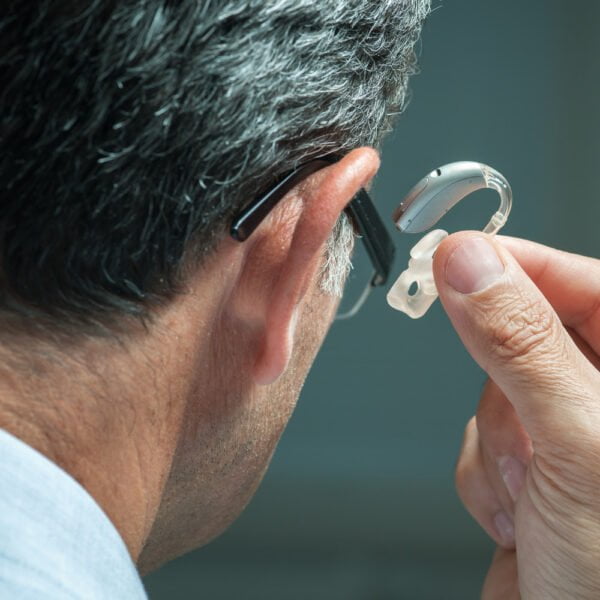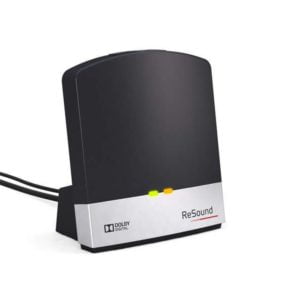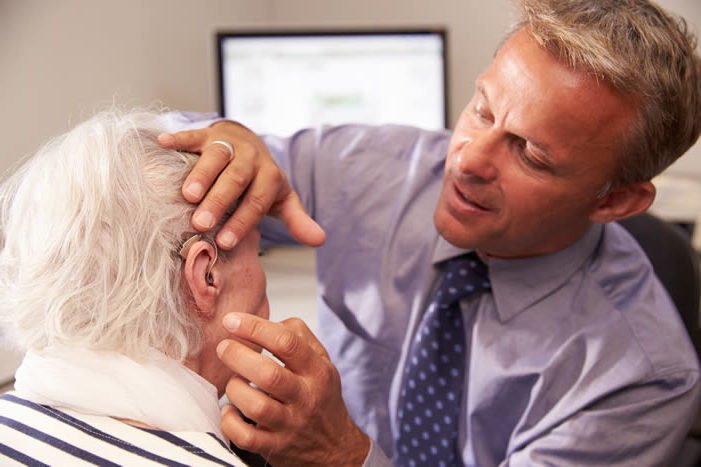Your hearing aids are essential tools for improving your hearing and enhancing your quality of life. However, even with the most advanced technology, a poorly fitted or calibrated hearing aid may not provide the optimal listening experience you deserve. In this blog, we’ll explore five key indicators that your hearing aid might need optimisation.
1. Muffled Sounds and Distorted Speech
If you notice that speech and other sounds seem unclear or muffled, it could be a sign that your hearing aid is not fitting snugly in your ear or that the settings need adjustment. Properly calibrated hearing aids should deliver clear and natural sound, allowing you to follow conversations with ease.
2. Feedback and Whistling Noises
An ill-fitting hearing aid can lead to feedback and annoying whistling noises. If you’re experiencing these issues, it may be time to have your hearing aid re-fitted to ensure a tight seal and eliminate unwanted sounds.
3. Discomfort and Irritation
Comfort is crucial when wearing hearing aids for extended periods. If you’re experiencing discomfort, soreness, or irritation in or around your ears, it could be a sign that your hearing aids are not fitting well. Your audiologist can help find the right solution for a comfortable fit.
4. Uneven Sound Balance
An improperly calibrated hearing aid may result in an imbalanced sound experience, where some frequencies are too loud, while others are too quiet. This can affect your ability to hear clearly and might require professional adjustment.
5. Difficulty Understanding Speech in Noisy Environments
Struggling to hear conversations in noisy places, like restaurants or crowded events, could indicate that your hearing aids need recalibration. The right fit and calibration help you focus on the sounds you want to hear while reducing background noise.
A Note on Essential Accessories
When it comes to the functionality of your hearing aid, several components play crucial roles in ensuring optimal performance. Hearing aid domes, wax traps, and tubing are among these essential elements that require regular attention and replacement. Each of these components plays a distinct role in the hearing aid’s operation and contributes to the overall listening experience.
Hearing aid domes are small, soft tips that sit at the end of the hearing aid receiver or speaker. These domes not only provide comfort during wear but also create a seal in the ear canal, ensuring that the amplified sound is directed efficiently into your ear. A proper fit with the right dome ensures clarity and reduces sound leakage, enabling you to hear speech and sounds more naturally.
Wax traps, as the name suggests, are designed to protect the hearing aid from earwax and debris. They act as a barrier, preventing wax from clogging the delicate components of the hearing aid, such as the receiver and microphone. Regularly replacing wax traps is crucial to prevent wax buildup, which can affect sound quality, volume, and lead to potential malfunctions.
Tubing is another critical component, especially in behind-the-ear (BTE) hearing aids. The tubing connects the main body of the hearing aid to the earmold or dome in your ear. Over time, tubing can become brittle or discoloured, affecting the sound transmission to your ear. Replacing tubing when needed helps maintain a clear and consistent sound delivery, ensuring your hearing aid functions optimally.
Proper care and timely replacement of these components are vital to the longevity and effectiveness of your hearing aids. Neglecting to replace worn-out domes, clogged wax traps, or deteriorating tubing can result in compromised sound quality, discomfort during use, and even potential damage to your hearing aids. To ensure your hearing aids continue to perform at their best, it’s essential to follow your audiologist’s recommendations for replacement intervals and to schedule regular check-ups with your audiologist.
Conclusion
Your hearing deserves the best possible support, and a well-fit and calibrated hearing aid is the key to unlocking a world of clear and vibrant sounds. If you’ve noticed any of the signs mentioned in this blog, we encourage you to consult your audiologist to ensure your hearing aids are optimised for your unique needs. At Hearing Aid Accessories, we offer a wide selection of essential accessories to enhance your hearing aid experience. Explore our range today and discover how small changes can make a big difference in your hearing journey.




